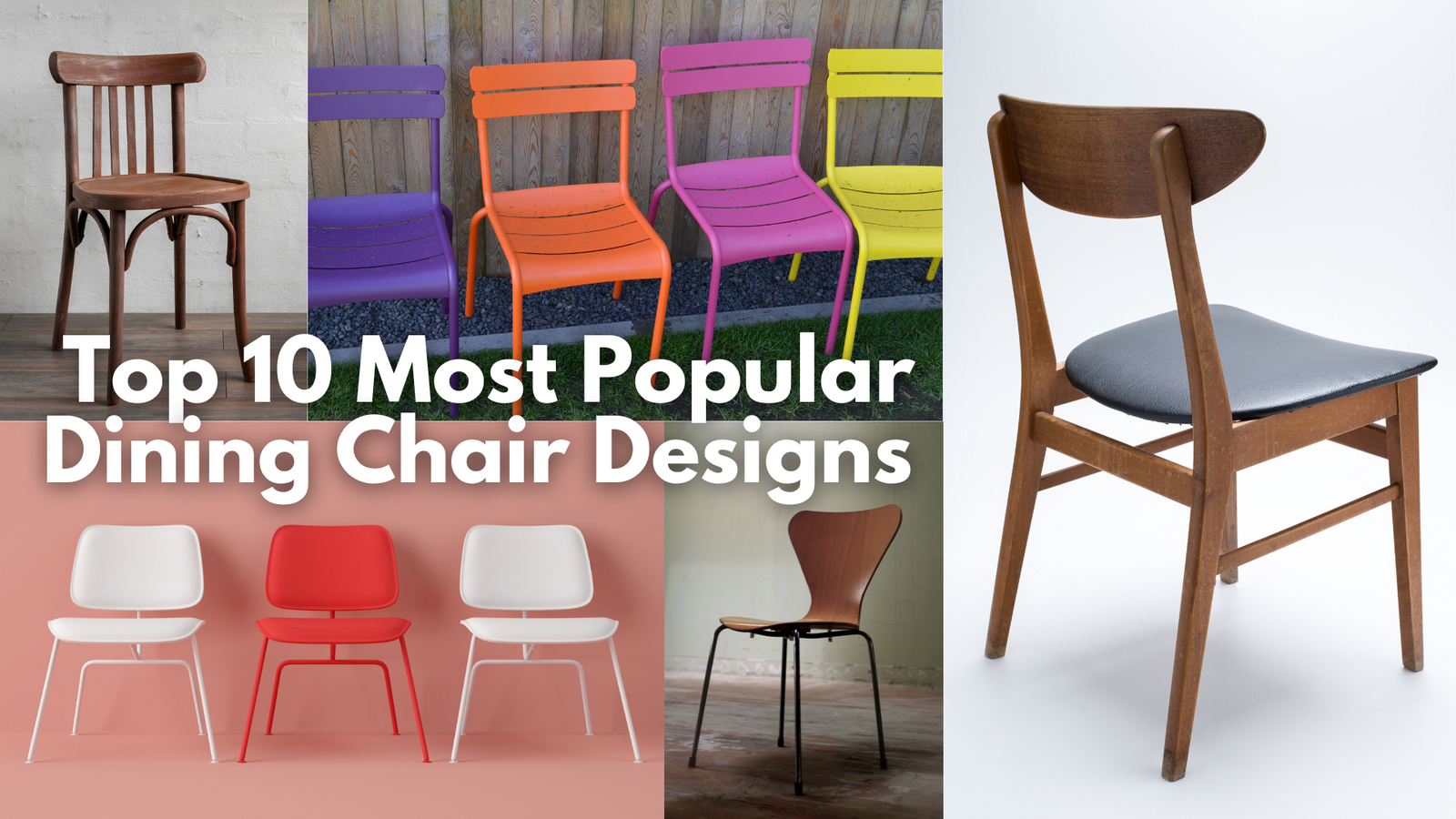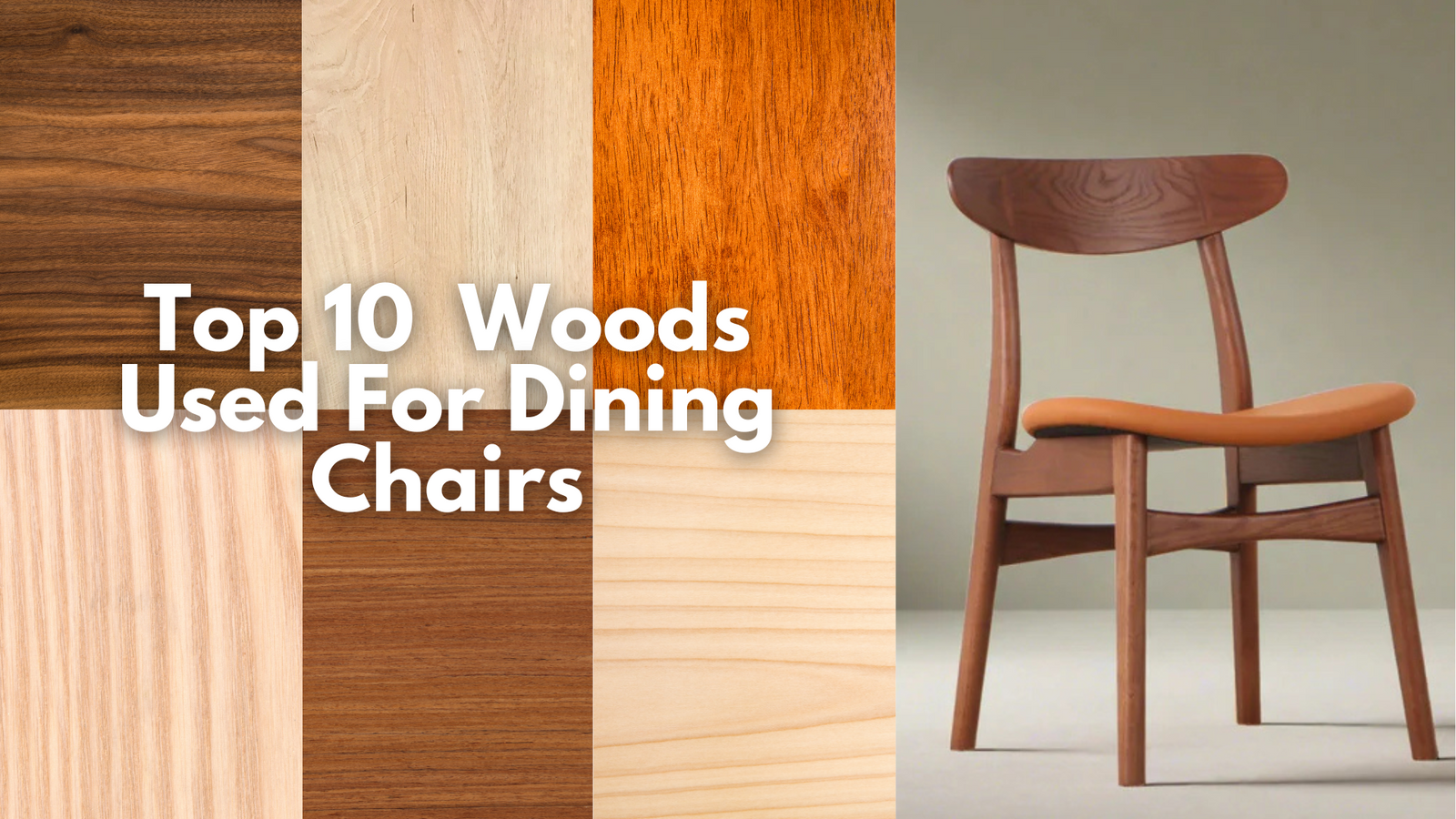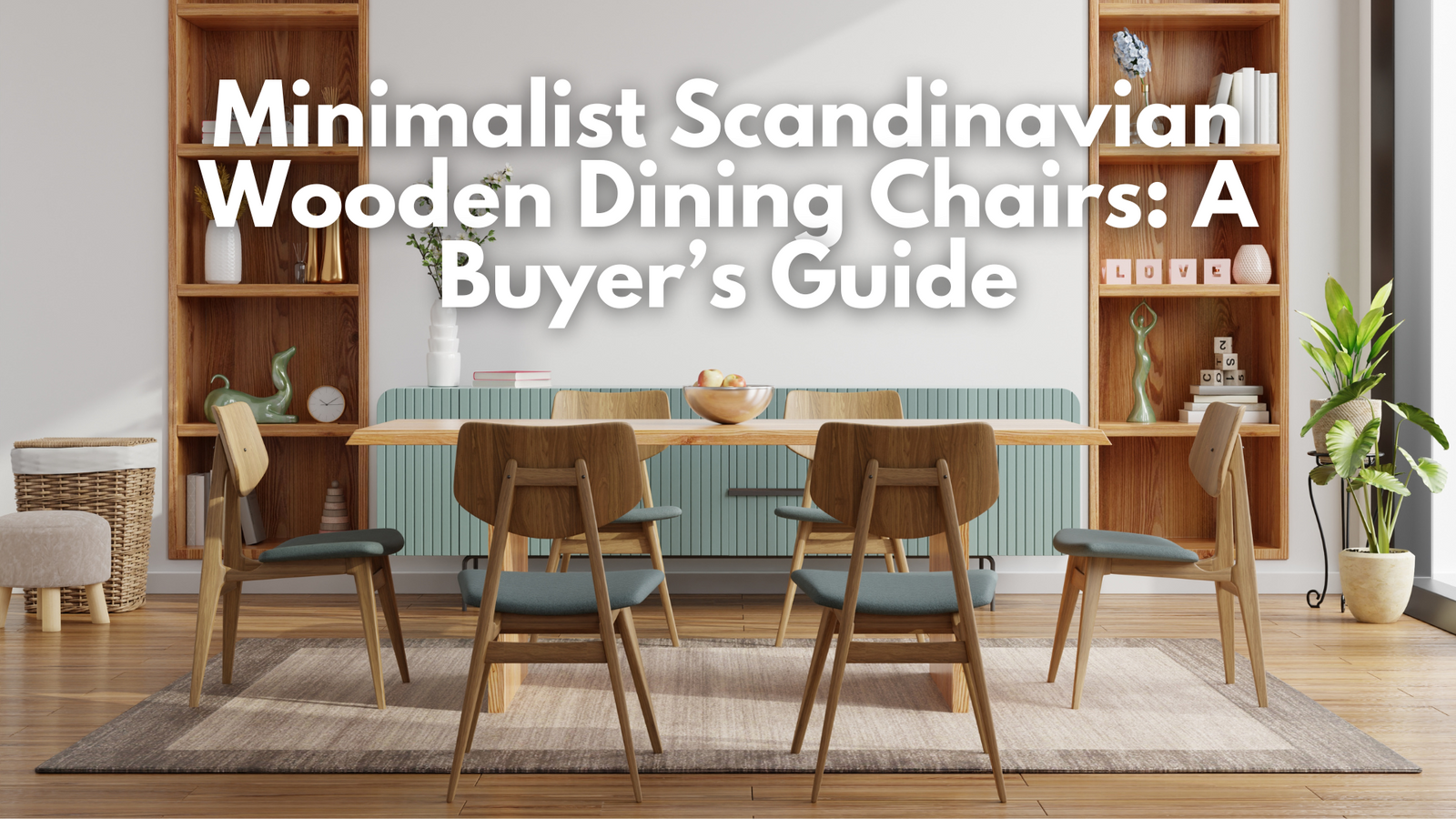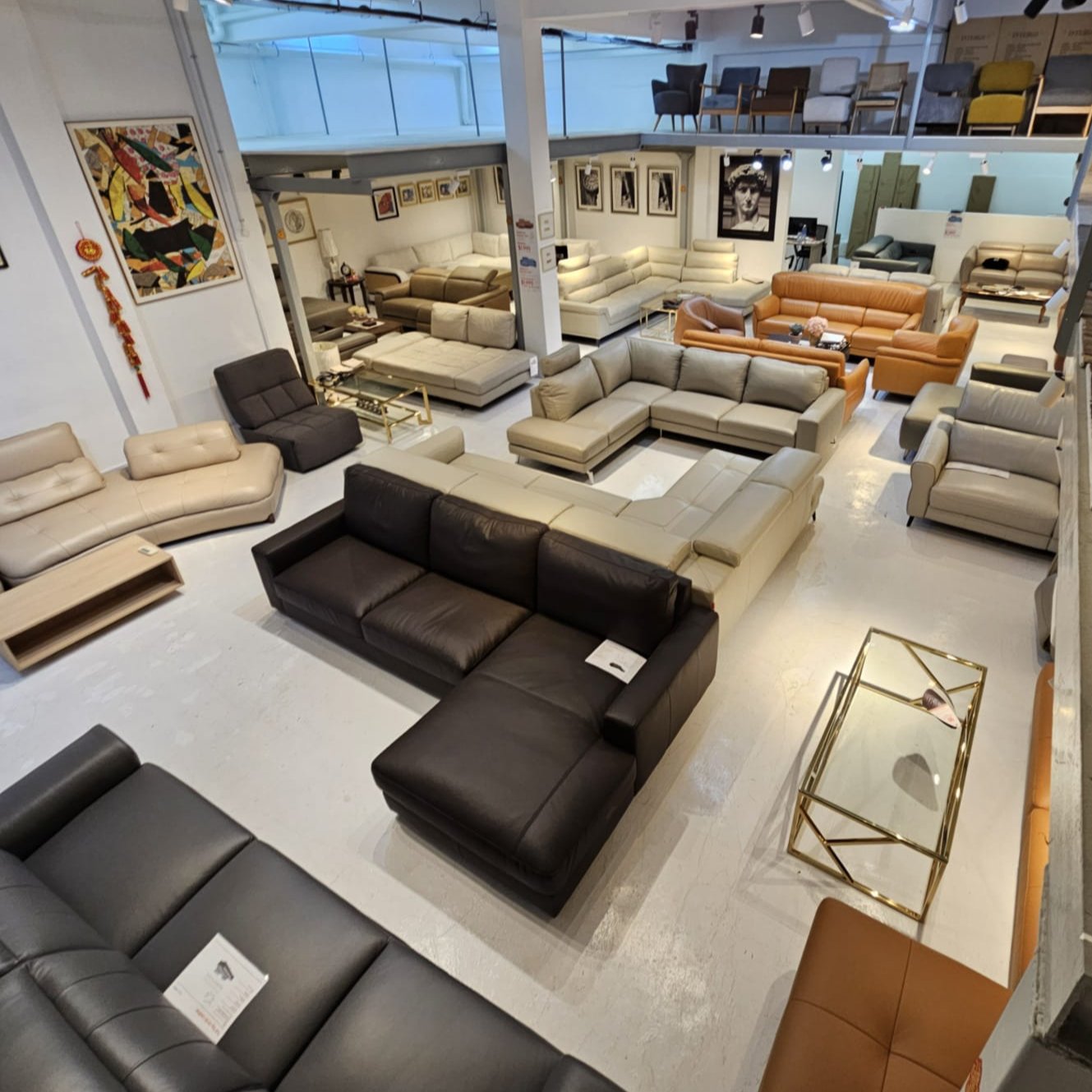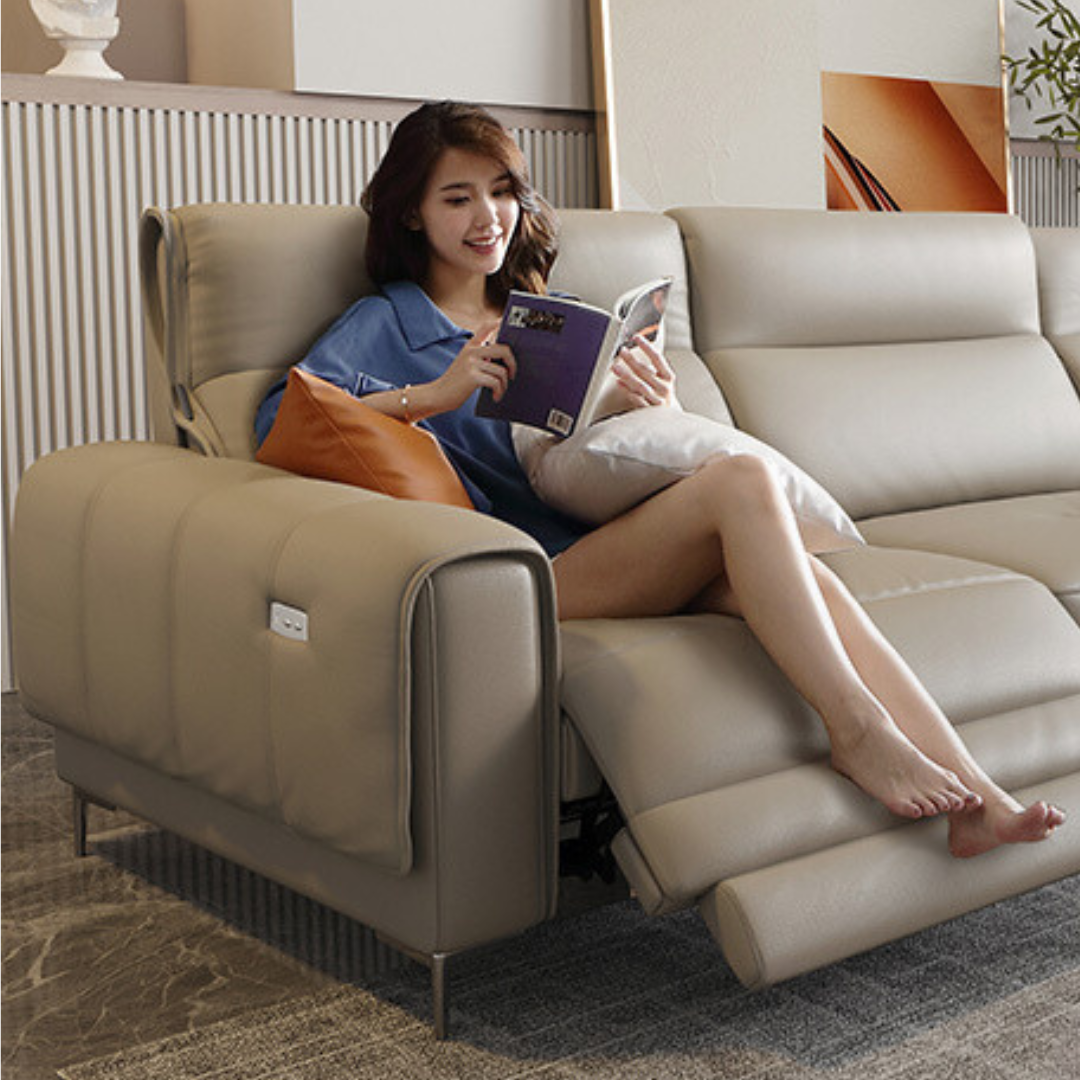Ergonomics plays a vital role in designing dining chairs that provide comfort, support, and functionality for everyday use. A well-engineered dining chair aligns with the natural posture of the body, reducing strain and enhancing the dining experience. Key factors such as seat height, backrest angle, and cushion density must be carefully considered to achieve optimal comfort. Thoughtful design ensures that the chair not only complements the dining space aesthetically but also caters to the user's physical well-being, making it a practical choice for both short meals and extended gatherings.
#1. Height of Seat
The height of a dining chair seat directly affects the comfort and ergonomics of sitting, as it determines the posture and angle of the user's legs. If the seat is too high, it can cut off circulation behind the knees. Too low, and it forces the thighs upward, creating discomfort over time. Engineering standards suggest an optimal seat height of 45cm from the ground for most people to ensure ergonomic alignment with standard table heights (75cm). The seat height for Northern Europe is 5cm higher.
#2. Slope of Seat
The slope of the seat impacts how the user’s pelvis aligns with their spine. A slight backward slope helps maintain the natural curvature of the spine and promotes comfortable ergonomics. An ergonomically designed chair prevents slouching. A flat or forward slope may cause the user to slide forward, leading to poor posture. A balanced design typically has a seat slope of about 3-5 degrees backward for optimal comfort and stability.
#3. Depth of Dining Chair & Seat Affects Ergonomics
The seat depth influences how well the thighs are supported. Ideally, the seat should allow a 2-5 cm gap between the edge of the chair and the back of the user's knees. A shallow seat may not offer adequate support, while an excessively deep seat can pressure the lower back and knees. Standard seat depth ranges between 40-55 cm to accommodate most users comfortably. For the chair depth you need to add 5 to 10 cm. A vertical back chair like a throne is terribly uncomfortable.
#4. Seat Cushion Foam Density
Foam density affects the firmness and resilience of the cushion. Higher density foam offers better support and maintains shape over time, while lower density foam might feel softer initially but degrade quicker. Engineers recommend a density range of 40-56 kg/m³ for dining chairs for good ergonomics. Striking a balance between comfort and durability.
#5. Seat Cushion Material
The material of the seat cushion influences both comfort and breathability. Common materials include high-density foam, memory foam, and polyester batting. Each material offers a different feel; memory foam molds to the body, while high-density foam provides firmer support. Breathable materials like open-cell foams enhance comfort for prolonged sitting by preventing heat buildup.
#6. Shape of Seat Cushion
A contoured cushion shape provides ergonomic benefits by promoting better weight distribution and reducing pressure points. Rounded edges and a slight central depression help cradle the user, preventing discomfort in the thighs and hips. Flat cushions, though easy to manufacture, may not offer the same level of support and comfort over time.
#7. Height of Backrest
A dining chair's backrest that supports the upper back and shoulders enhances overall ergonomics. The height of the backrest should align with the user’s torso height, typically between 35-50 cm above the seat for modern designs. Higher backrests can be much higher and provide better upper body support, while lower backrests suit shorter sitting sessions or minimalistic designs. Higher backrests need to be sloped backwards for better comfort. The back legs need to be adjusted backwards slightly handle more weight at the back and increase stability.

Custom Solid Oak Wood Dining Chair - Emporio Chair (CH9109)
#8. Angle of Dining Backrest Is An Important Ergonomic Factor
The angle of the backrest affects spinal alignment and comfort. A backrest tilted slightly backward (100-110 degrees from the seat) helps distribute the user’s weight evenly and reduces lower back strain. Chairs with a vertical backrest can feel rigid and cause discomfort over long periods.
#9. Backrest Curvature
A curved backrest supports the natural shape of the spine, promoting healthy posture. Lumbar support is often integrated into the curve, aligning with the lower back’s natural inward curve. Chairs with straight or insufficiently contoured backrests may cause slouching and back pain over time.
Custom Solid Wood Dining Chair with Woven Paper Cord Seat- Sling Chair (CH7251AH)
#10. Backrest Upholstery
The upholstery material influences both comfort and aesthetics. Padded and upholstered backrests add comfort and reduce pressure points, especially for prolonged sitting. Breathable fabrics prevent heat buildup, while leather and vinyl offer durability but may feel less breathable. High-quality upholstery also impacts longevity and ease of maintenance.
#11. Backrest Foam Density
Similar to seat cushions, the foam density in the backrest determines comfort and support. Higher density foams provide better long-term support but might feel firmer. A backrest foam density of 32-48 kg/m³ is typically ideal for dining chairs with good ergonomics, ensuring adequate comfort without sagging over time.
#12. Edge Curvature of the Seat: Wooden Edge vs. Rounded Cushion Edge
Sharp wooden edges can dig into the thighs, causing discomfort and impeding circulation. Rounded cushion edges help distribute pressure evenly across the thighs, reducing discomfort during extended sitting. From an engineering perspective, soft, rounded edges are more ergonomic as they accommodate a range of body types and prevent pressure points.
Custom Solid Oak Wood Dining Chair - Aura Chair (CH3820)
#13. Dining Chair Lumbar Support - A Critical Ergonomic Factor
Lumbar support helps maintain the natural inward curve of the lower back, preventing slouching and reducing strain on the spinal discs. Ergonomically designed dining chairs feature integrated or adjustable lumbar support to suit individual needs. Lack of lumbar support can lead to back pain and poor posture over time, especially during prolonged sitting.
Certain chairs place greater emphasis on supporting the lumbar region, especially those with lower backrests designed to target the lower spine. In contrast, high-back chairs, such as wingback designs, focus more on supporting the upper back, head, and shoulders. In these cases, adding a seat cushion with the correct size, shape, and firmness can offer the essential lumbar support that may be missing. This additional cushion helps bridge the gap between comfort and posture, ensuring that the user maintains proper spinal alignment regardless of the chair’s primary backrest focus.
Custom Solid Oak Wood Dining Chair - Sway Chair (CH7241)
#14. Distance of Backrest from Seat Edge
The position of the backrest affects how comfortably the user can sit back and relax. A backrest set too far from the seat edge forces the user to scoot forward to dine, straining the lower back. Ideally, the backrest should start approximately 3-6 cm behind the user’s hips when seated comfortably.
#15. Dining Chair Sturdiness - Often Forgotten Ergonomic Factor
A sturdy dining chair offers stability and prevents wobbling, which is essential for both comfort and safety. Engineers focus on using high-quality materials and robust joinery methods to ensure the chair can support varying weights without compromising structural integrity. The chair’s sturdiness also influences its lifespan and maintenance needs.
#16. Back Leg Angle Defines Tilting Stability
The angle of the back legs contributes to the chair's tilting stability. Back legs with a slight outward angle improve the chair's center of gravity, preventing accidental tipping. However, excessive angling can reduce rearward stability, especially on uneven surfaces. Engineers typically aim for a balance to maximize safety without sacrificing aesthetics.
Custom Solid Wood Dining Chair - Peech Chair (CH15042)
#17. Armrest Height, Material, Foam Density, Length, and Width
Armrests enhance comfort by supporting the arms and reducing shoulder strain. Proper height of approximately 20-25 cm above the dining chair seat ensures ergonomic alignment. Materials and foam density affect comfort; soft padding is ideal for long periods, while hard materials offer a more formal aesthetic. The length and width of the armrests should provide enough space for relaxed arm placement without limiting movement or access to the table.
Roly Wooden Dining Armchair - Solid American Ash Vegan Leather Seat (CH7252B)
Conclusion
Each factor influencing the ergonomics of a dining chair plays a crucial role in determining its overall comfort, support, and functionality. From seat height to armrest dimensions, every design element contributes to the user experience. Thoughtfully engineered dining chairs enhance posture, promote comfort, and reduce the risk of discomfort or injury over prolonged use. Considering these factors during the design or selection process ensures that the chair not only complements the dining space aesthetically but also meets ergonomic standards.
Recommended Links
Top Dining Chair Questions
- Top 10 Best Dining Chairs To Buy For Singapore
- 10 Reasons Why Oak Is The Best Wood for Dining Chairs
- 10 Reasons Why Picket&Rail Solid Wood Designer Dining Chairs Are So High Quality
- What Are the Typical Dimensions of a Standard Dining Chair?
- What Are Some Space-Saving Dining Seating Options?
- Can I Mix and Match Dining Chairs with Different Styles?
- What Are Hans Wegner's Most Famous Dining Chair Designs?
- What Are the Advantages of Using Armchairs for Dining?
- What Are Bauhaus Design Dining Chairs?
- What Are Modern Classic Design Dining Chairs?
- What Are Some Popular Materials Used for Dining Chairs?
- What Are the Different Types of Dining Chairs Available?
Follow our facebook page for the latest deals.










